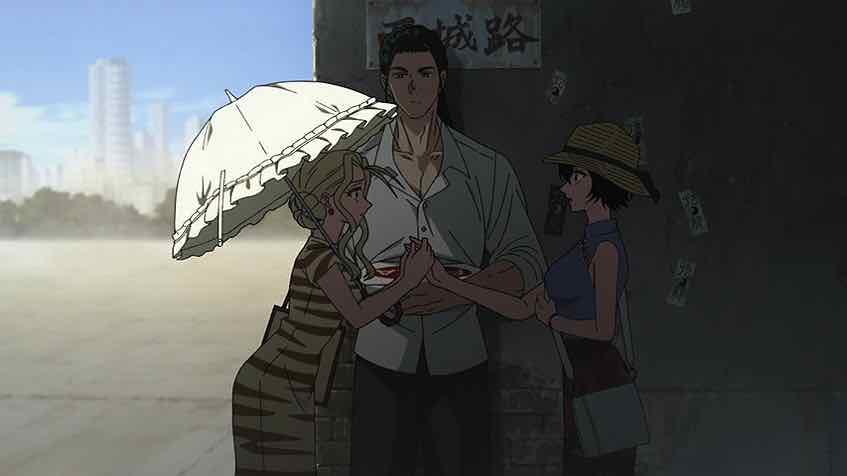 It was inevitable that Kowloon Generic Romance would go into turbo mystery mode with only one cour to work with. The challenge is, as always in such cases, for the character side of the story to remain vital as that process played out. As is so often the case it’s that side of the story that’s most compelling, but when pressed for time it’s always the one that gets trimmed back. I get that – you can’t get away with just not doing the plot. It’s a shame, because some of the color and texture of the story is invariably lost when this happens. That’s why rushed adaptations are a shame.
It was inevitable that Kowloon Generic Romance would go into turbo mystery mode with only one cour to work with. The challenge is, as always in such cases, for the character side of the story to remain vital as that process played out. As is so often the case it’s that side of the story that’s most compelling, but when pressed for time it’s always the one that gets trimmed back. I get that – you can’t get away with just not doing the plot. It’s a shame, because some of the color and texture of the story is invariably lost when this happens. That’s why rushed adaptations are a shame.
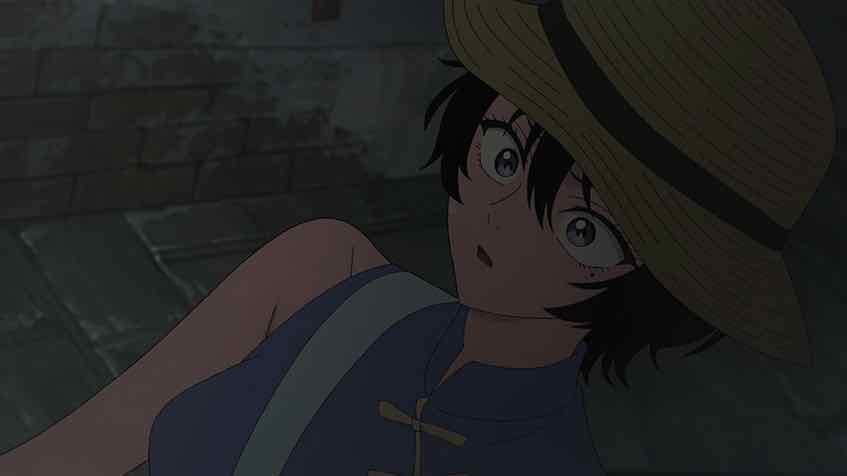 All that said, that doesn’t mean a show can’t still work. And this one certainly does, though not as well as it could have. The mystery is certainly interesting and well-constructed. And the character side of things does still progress (and indeed, did so in a big way to say the least this week). Gwen remains an essential component of things, a serious thinker at the center of events. His “experiment” was certainly a cruel one, but it proves to be essential knowledge gathered. He wrestles with the contradiction of this Kowloon – he knows the truth intellectually, but emotionally he can’t dismiss what his senses tell him. Otherwise why save Reiko, if she’s just a figment of someone’s imagination? Because he’s “attached”, in his own words.
All that said, that doesn’t mean a show can’t still work. And this one certainly does, though not as well as it could have. The mystery is certainly interesting and well-constructed. And the character side of things does still progress (and indeed, did so in a big way to say the least this week). Gwen remains an essential component of things, a serious thinker at the center of events. His “experiment” was certainly a cruel one, but it proves to be essential knowledge gathered. He wrestles with the contradiction of this Kowloon – he knows the truth intellectually, but emotionally he can’t dismiss what his senses tell him. Otherwise why save Reiko, if she’s just a figment of someone’s imagination? Because he’s “attached”, in his own words.
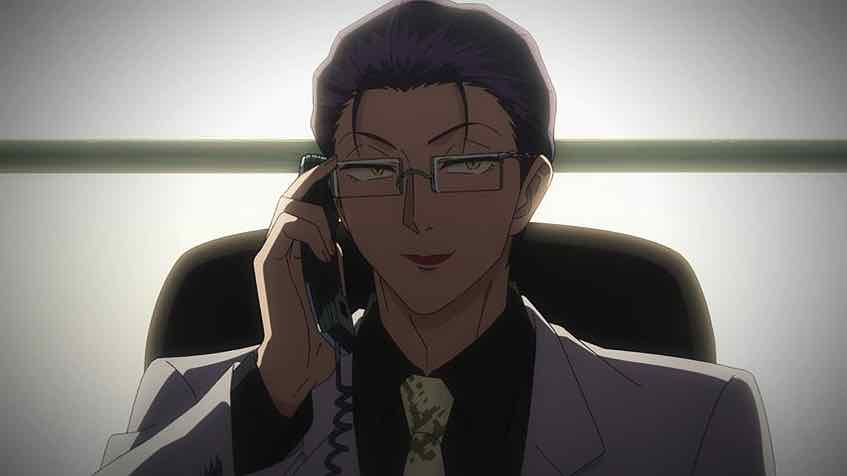 Then we have Xiaohei. And it makes sense that there could be two of them – the interesting element is that the second Xiaohei (Saitou Souma) is male. That’s the first time we’ve seen that – and the second Xiaohei is some sort of spy, posing as a janitor inside Hebinuma Inc.. Who is he working for, and why is this Xiaohei a different gender than “our” Xiaohei? It does fit the idea that the recreations are creatures born out of perception, because perception can be wrong. But whose perception, exactly?
Then we have Xiaohei. And it makes sense that there could be two of them – the interesting element is that the second Xiaohei (Saitou Souma) is male. That’s the first time we’ve seen that – and the second Xiaohei is some sort of spy, posing as a janitor inside Hebinuma Inc.. Who is he working for, and why is this Xiaohei a different gender than “our” Xiaohei? It does fit the idea that the recreations are creatures born out of perception, because perception can be wrong. But whose perception, exactly?
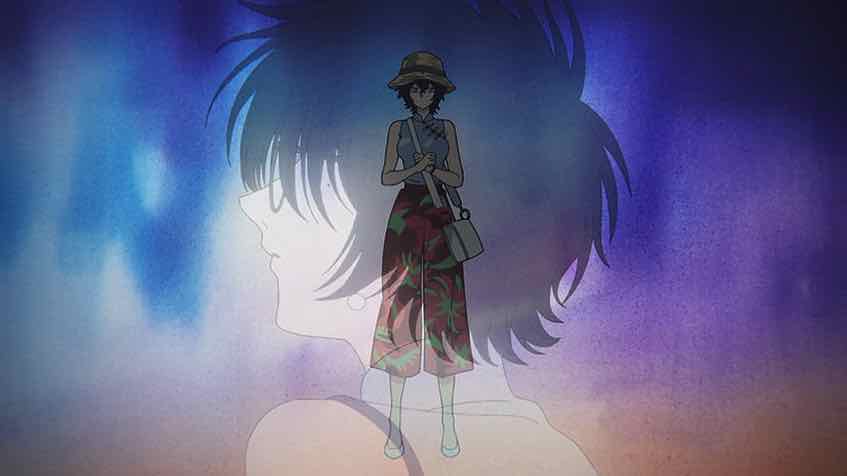 Yulong’s research has led him to the fact that Kujirai-B was a patient of Dr. Wong, and being treated for insomnia (which we knew). Once it was revealed that he’d prescribed sleeping pills the method of her suicide seems obvious. Except Miyuki says it wouldn’t have been the sleeping pills that killed her – she would have had to take “tens of thousands”. So her overdose was some other drug, the identity of which is surely going to prove crucial in answering a lot of questions. That information also calls into the question the idea that this was a suicide at all, and given the fact that the destruction of the second Kowloon was a coverup (of Miyuki’s origins) by Hebinuma Senior, all bets are off in that regard.
Yulong’s research has led him to the fact that Kujirai-B was a patient of Dr. Wong, and being treated for insomnia (which we knew). Once it was revealed that he’d prescribed sleeping pills the method of her suicide seems obvious. Except Miyuki says it wouldn’t have been the sleeping pills that killed her – she would have had to take “tens of thousands”. So her overdose was some other drug, the identity of which is surely going to prove crucial in answering a lot of questions. That information also calls into the question the idea that this was a suicide at all, and given the fact that the destruction of the second Kowloon was a coverup (of Miyuki’s origins) by Hebinuma Senior, all bets are off in that regard.
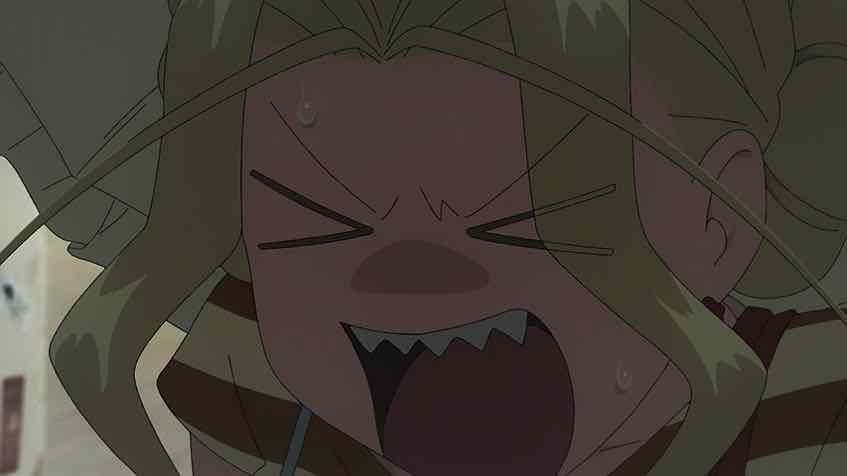 Yaomay, meanwhile, goes into Meitantei Conan mode to try and disprove what Gwen said about Reiko and Kowloon (which in her heart she knows to be correct). She finds out the hard way that her Kowloon salary disappears when she goes to Hong Kong. With an intriguing aside that his “former job paid a ridiculous amount” Gwen transfers her some cash, and – after an intriguing encounter with an old-timer who used to live in Kowloon – heads to an internet cafe to research the urban legends about the new Kowloon. Most posts on the subject have been deleted but she does find a user named “Weasel” – actually Yulong – willing to talk to her.
Yaomay, meanwhile, goes into Meitantei Conan mode to try and disprove what Gwen said about Reiko and Kowloon (which in her heart she knows to be correct). She finds out the hard way that her Kowloon salary disappears when she goes to Hong Kong. With an intriguing aside that his “former job paid a ridiculous amount” Gwen transfers her some cash, and – after an intriguing encounter with an old-timer who used to live in Kowloon – heads to an internet cafe to research the urban legends about the new Kowloon. Most posts on the subject have been deleted but she does find a user named “Weasel” – actually Yulong – willing to talk to her.
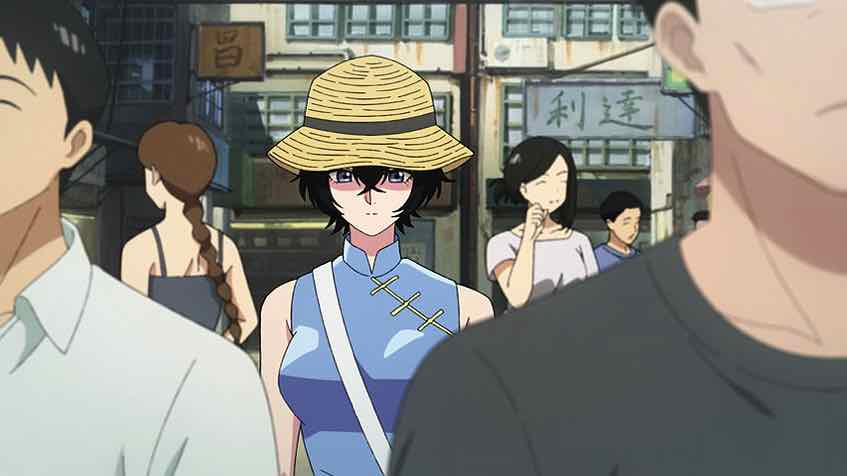 I’m certainly concerned for Yaomay, given the circumstances, though at the moment she’s more useful to Yulong (who can’t see the new Kowloon) as a pawn than she is a danger. Her observation that it’s always midsummer in Kowloon seems to be the vital takeaway from this exchange. After staying overnight in Hong Kong she heads back to Kowloon (which hasn’t disappeared on her, as she feared) and arranges an early morning meeting with Reiko, who’s had an eventful night to say the least.
I’m certainly concerned for Yaomay, given the circumstances, though at the moment she’s more useful to Yulong (who can’t see the new Kowloon) as a pawn than she is a danger. Her observation that it’s always midsummer in Kowloon seems to be the vital takeaway from this exchange. After staying overnight in Hong Kong she heads back to Kowloon (which hasn’t disappeared on her, as she feared) and arranges an early morning meeting with Reiko, who’s had an eventful night to say the least.
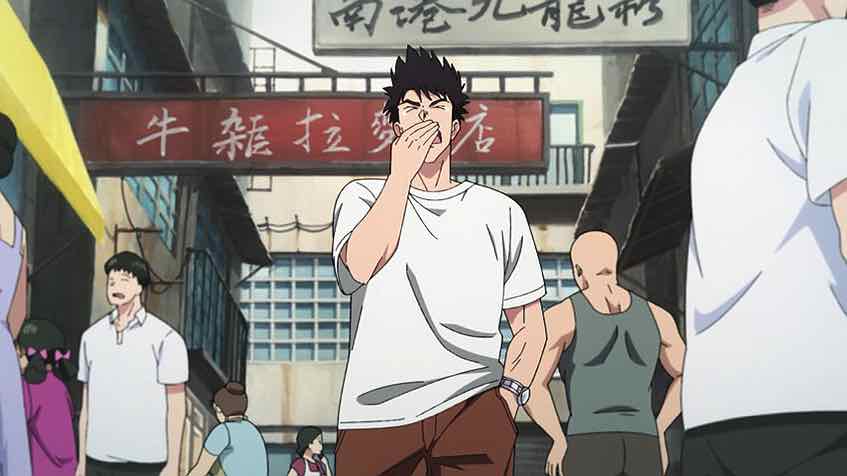 This is that character progress addressed earlier, and it’s certainly significant. Hajime has promised Reiko that he’ll “always” stay in Kowloon (romantic but ominous). And by embracing her and then a whole lot more, he seems to be accepting the fact that he could love this version of Kujirai Reiko – though whether he actually does (yet) is an open question. Hajime’s role in the story is obviously huge, just at face value. But the vibe I’m getting is that it’s the tip of the iceberg – he’s even more central to all this than we know. Could this whole Kowloon have come into existence as a product of his imagination – and of the sheer power of his desire to bring back everything he lost?
This is that character progress addressed earlier, and it’s certainly significant. Hajime has promised Reiko that he’ll “always” stay in Kowloon (romantic but ominous). And by embracing her and then a whole lot more, he seems to be accepting the fact that he could love this version of Kujirai Reiko – though whether he actually does (yet) is an open question. Hajime’s role in the story is obviously huge, just at face value. But the vibe I’m getting is that it’s the tip of the iceberg – he’s even more central to all this than we know. Could this whole Kowloon have come into existence as a product of his imagination – and of the sheer power of his desire to bring back everything he lost?


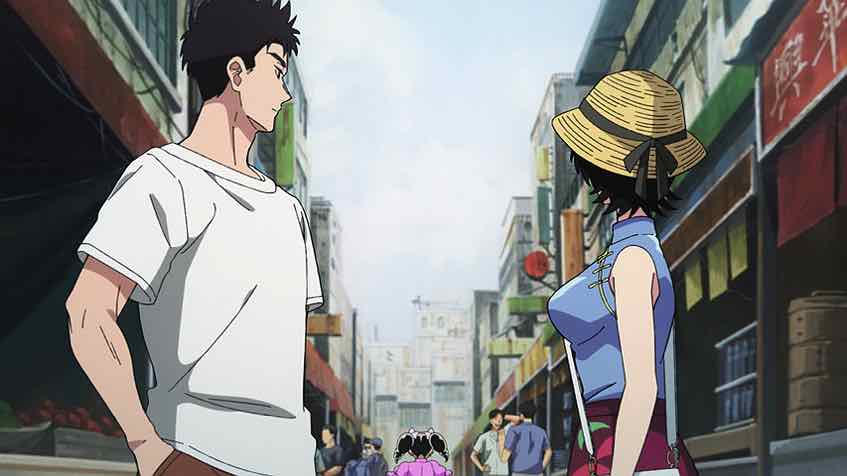
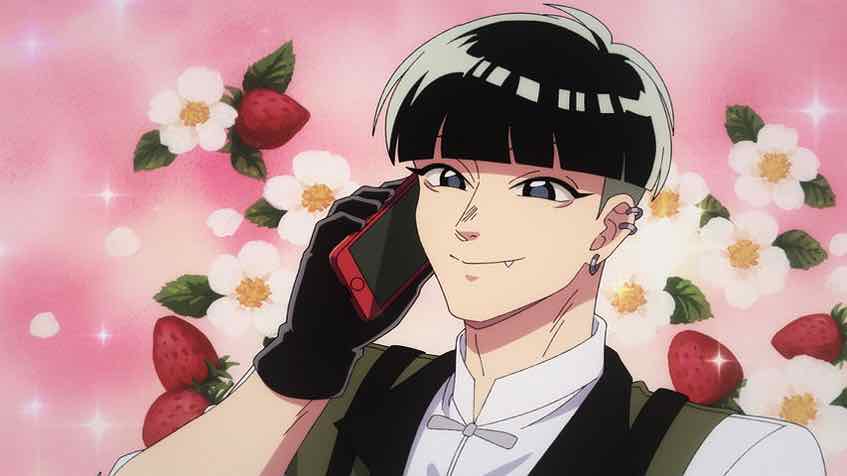
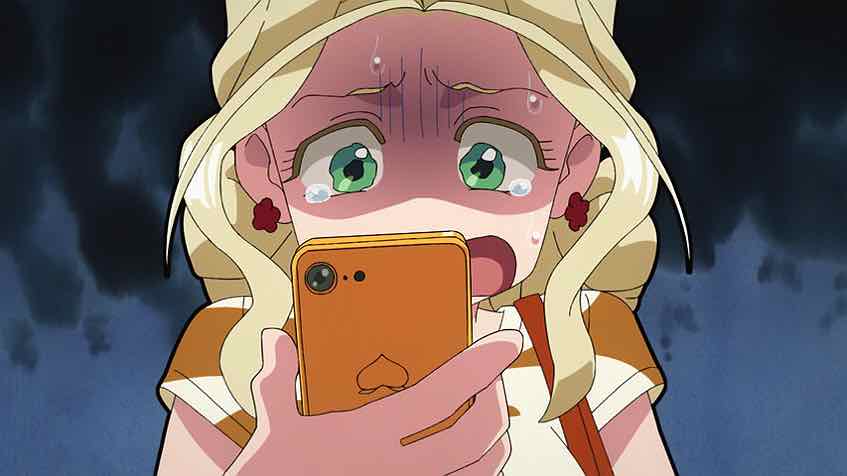
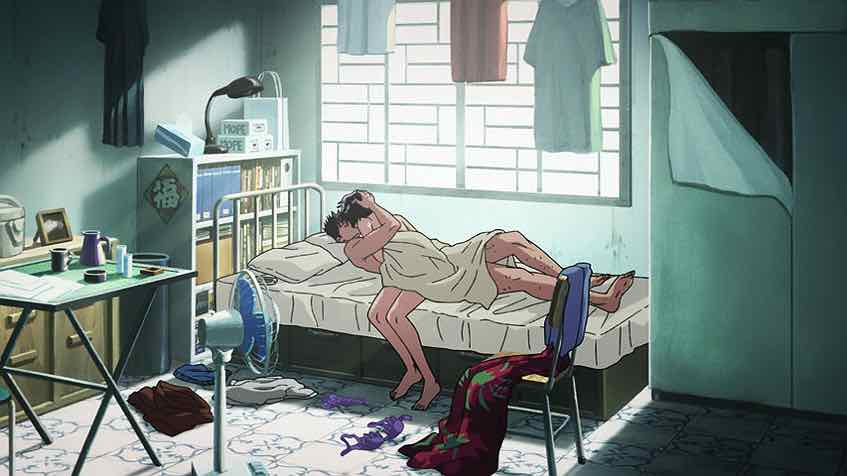
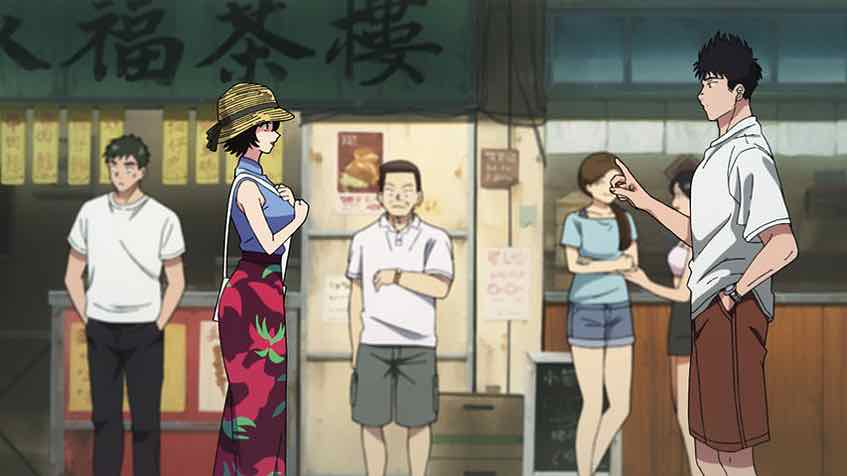
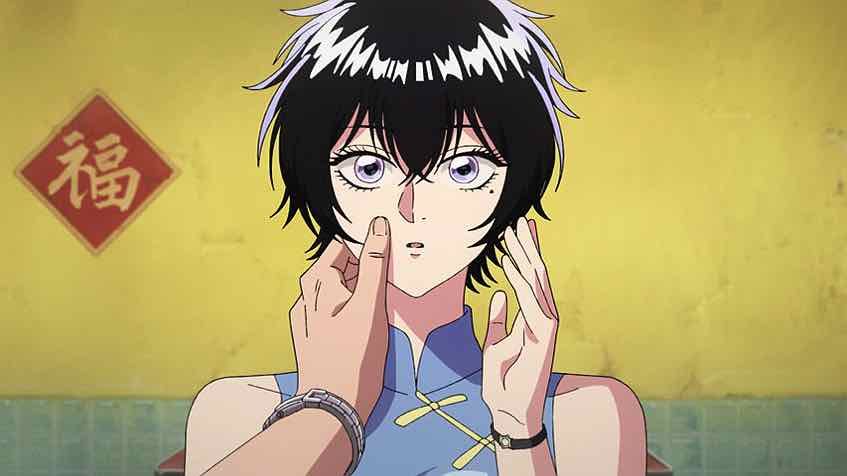
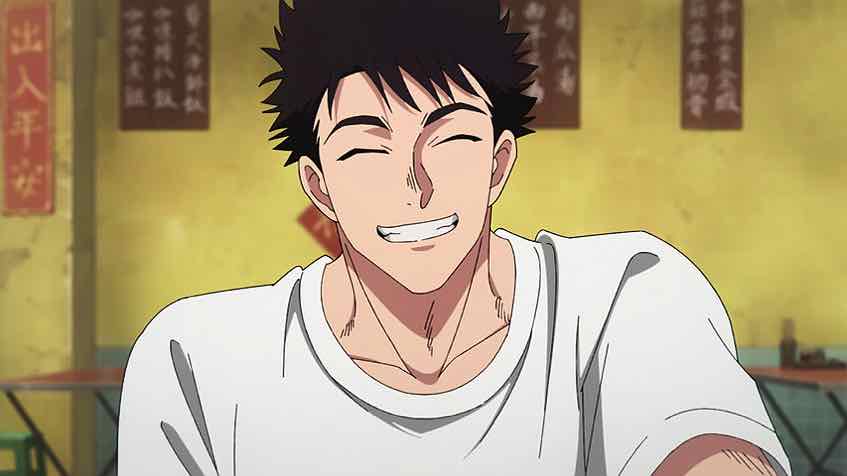
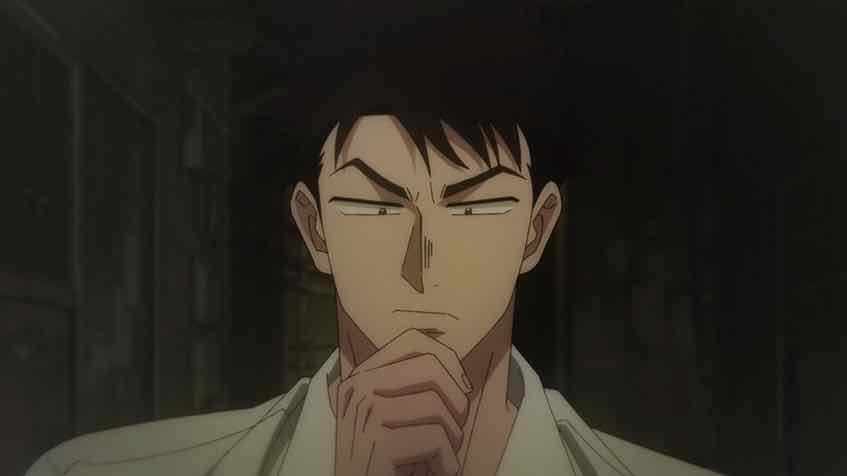
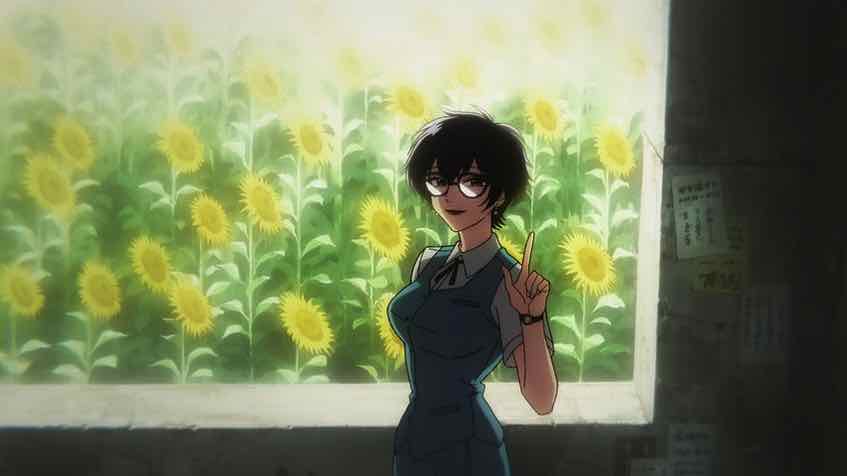

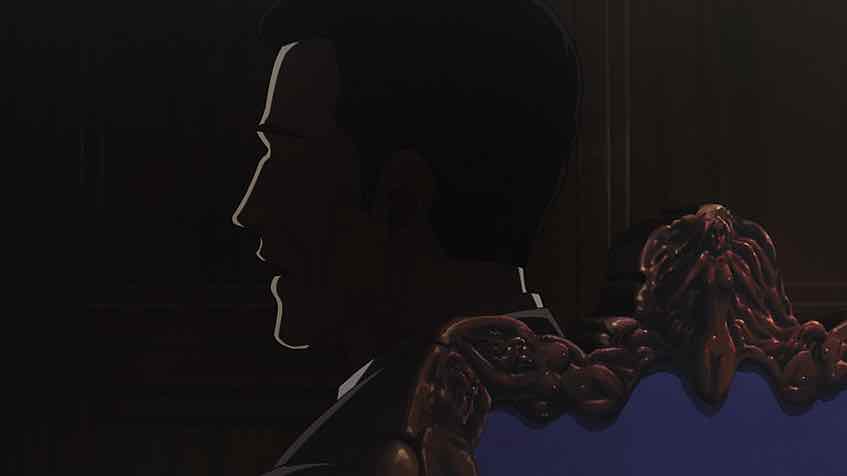
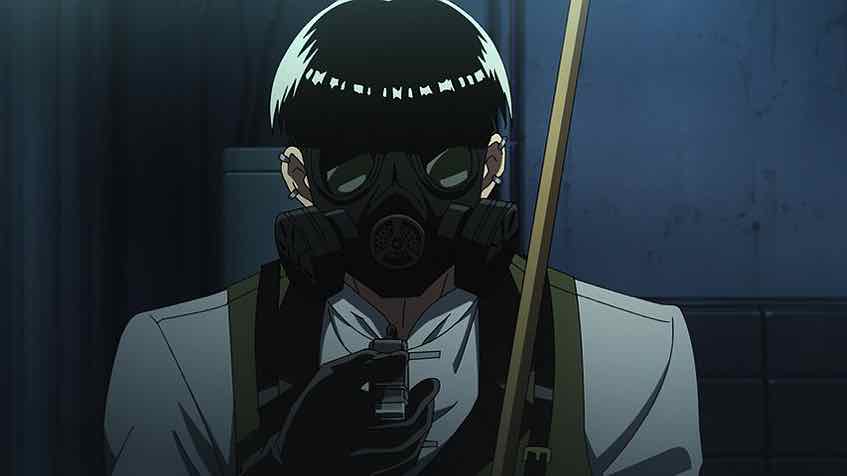

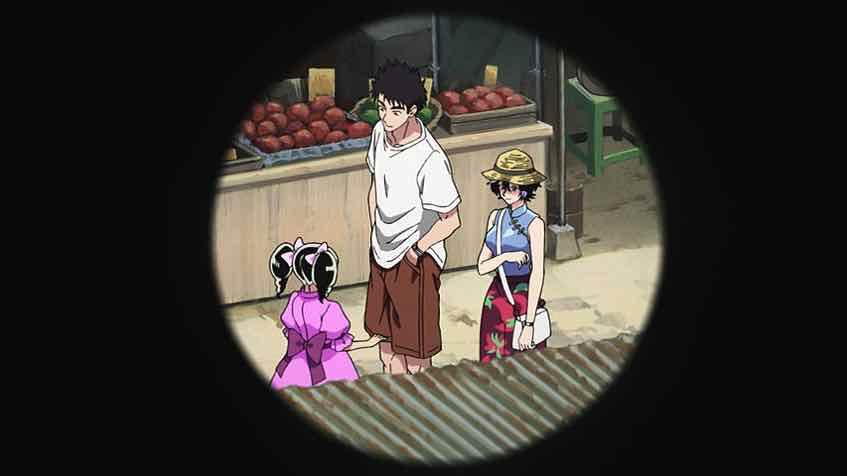
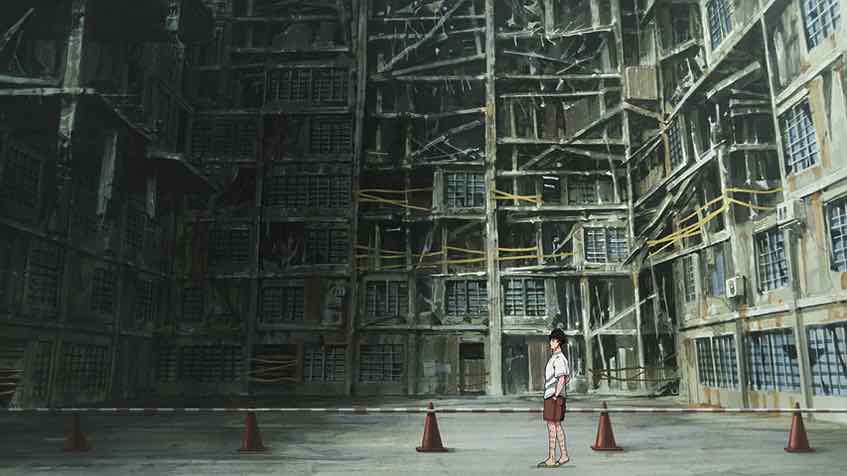
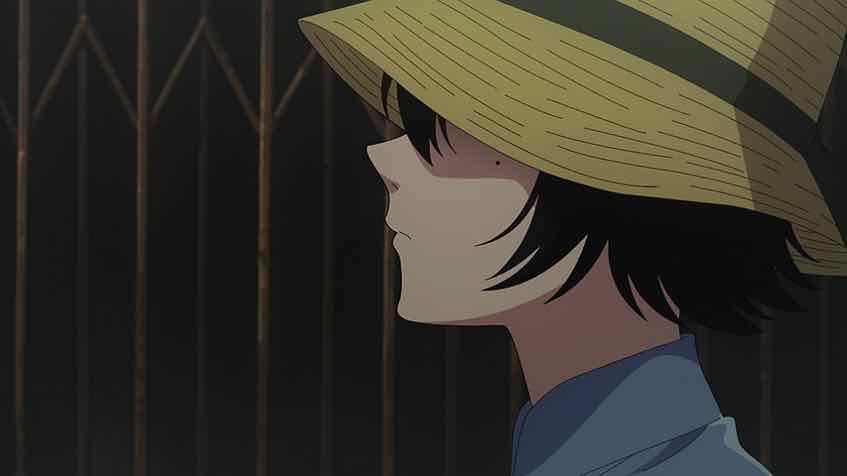

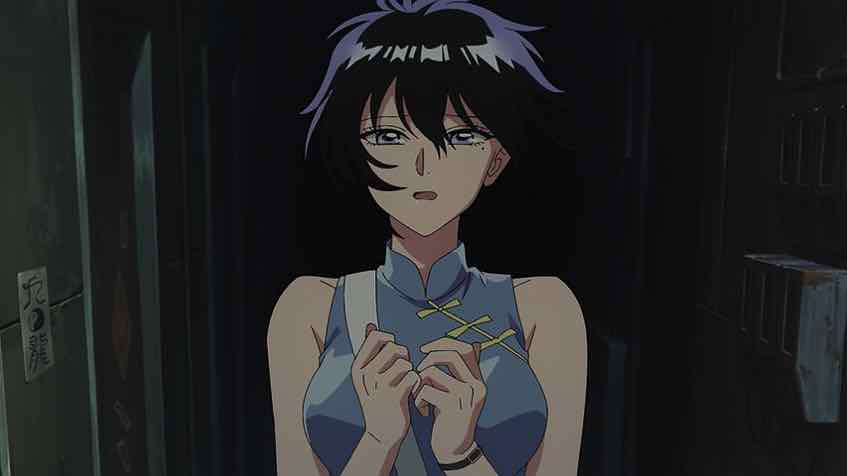
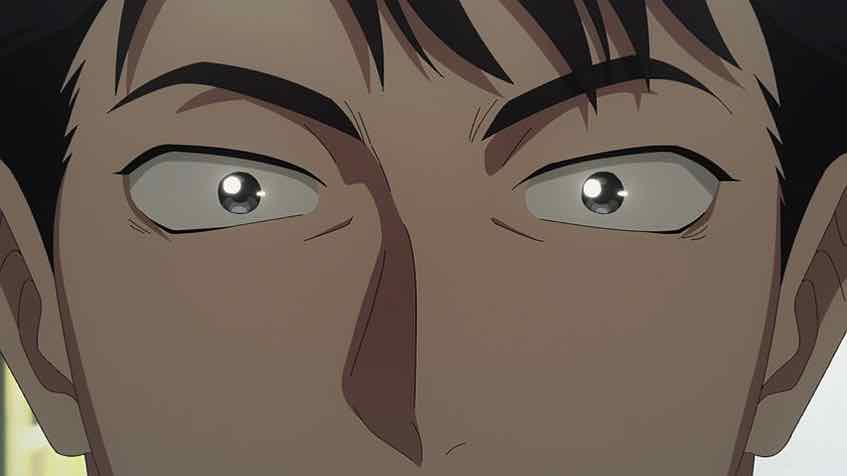
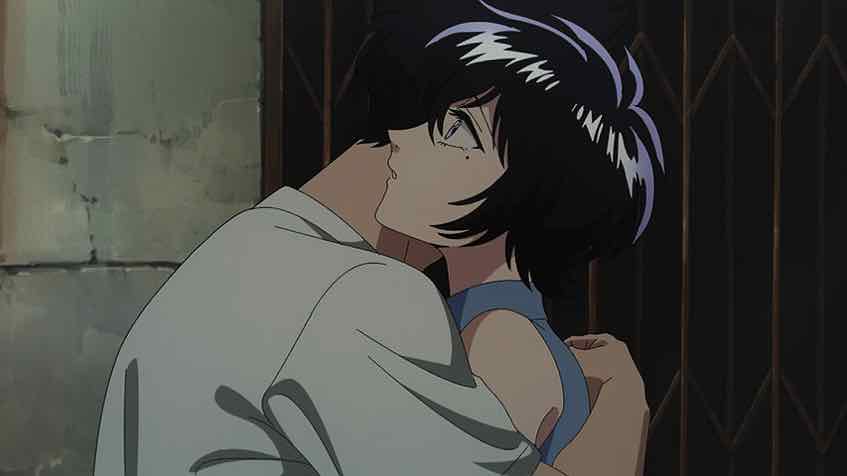
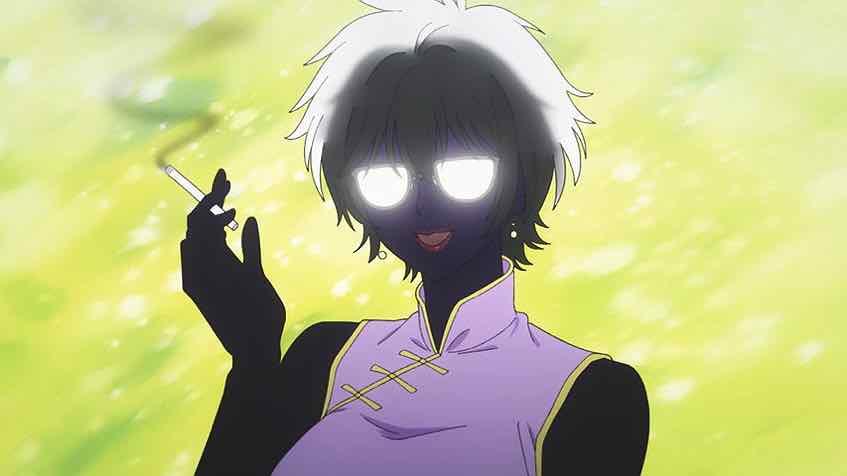
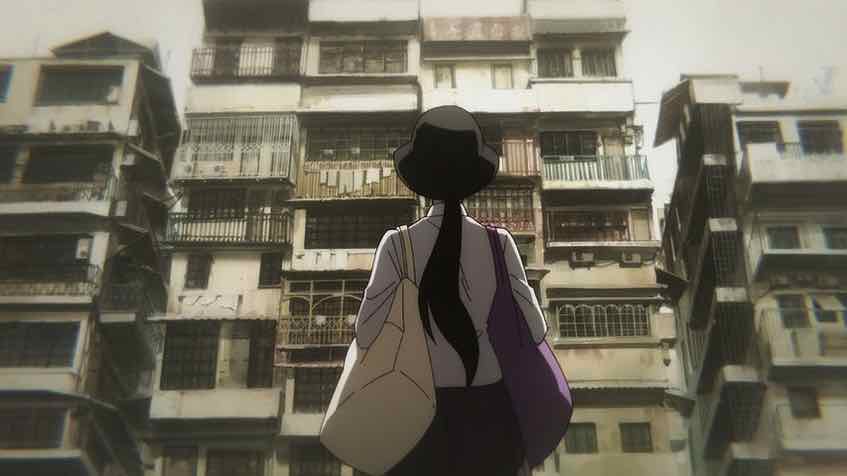
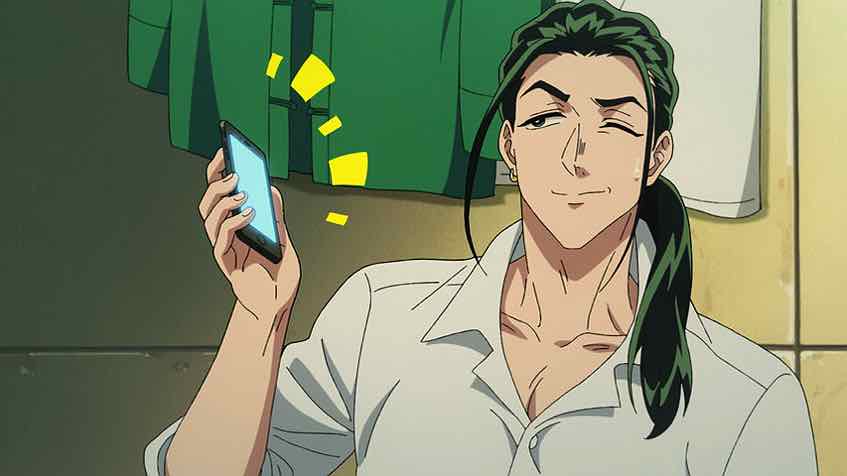


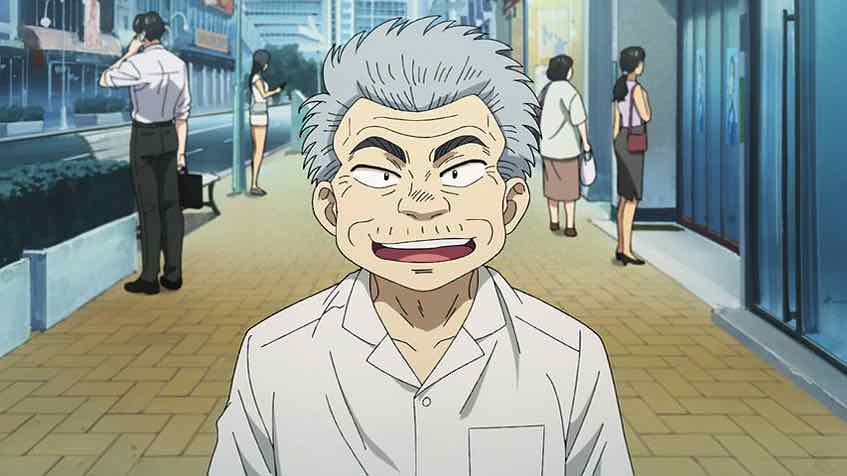
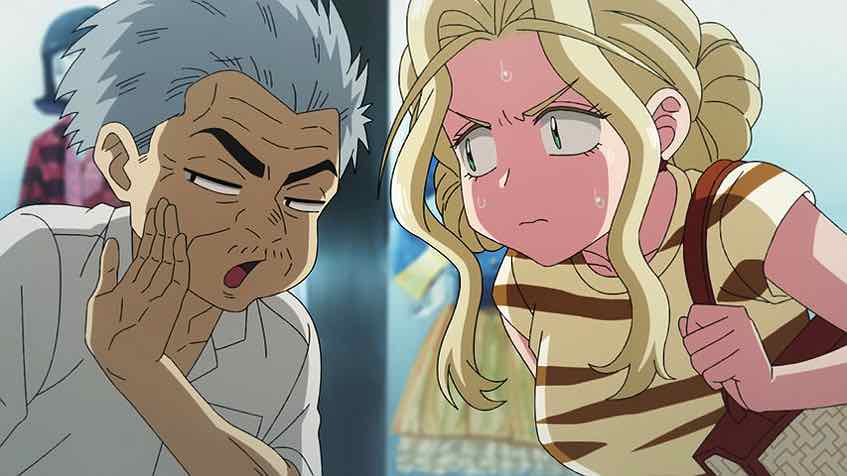
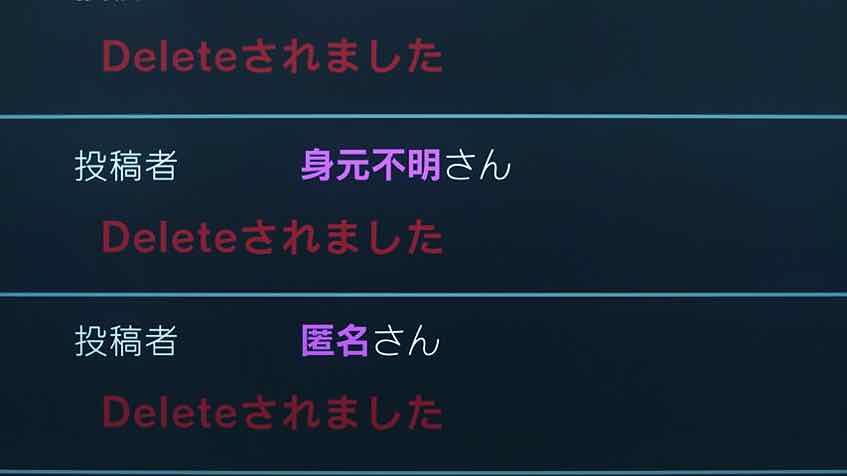
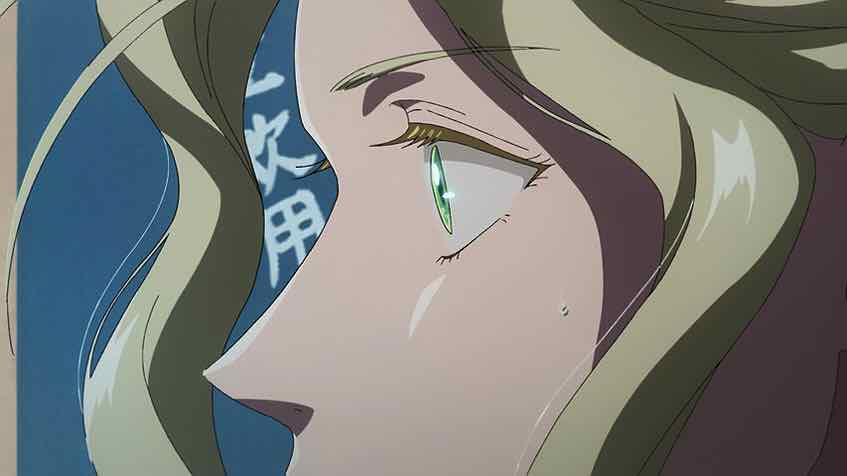
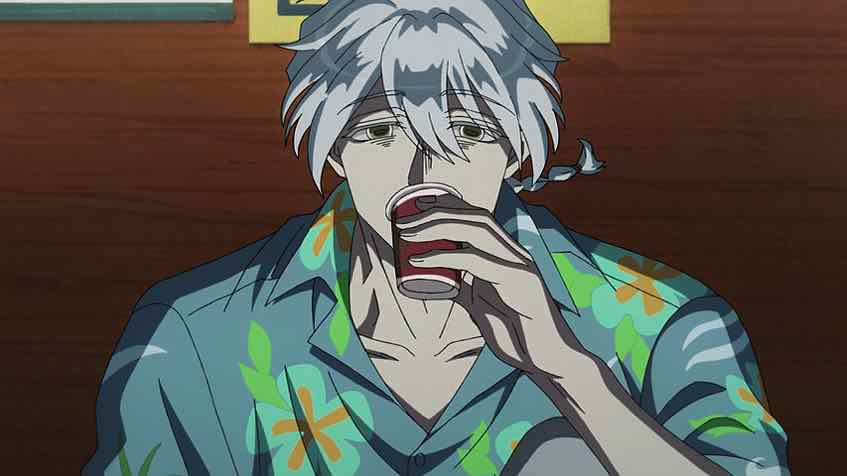
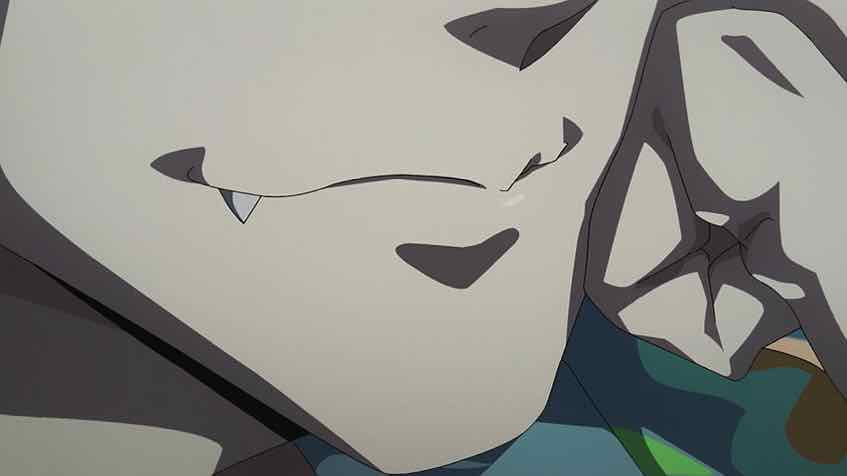
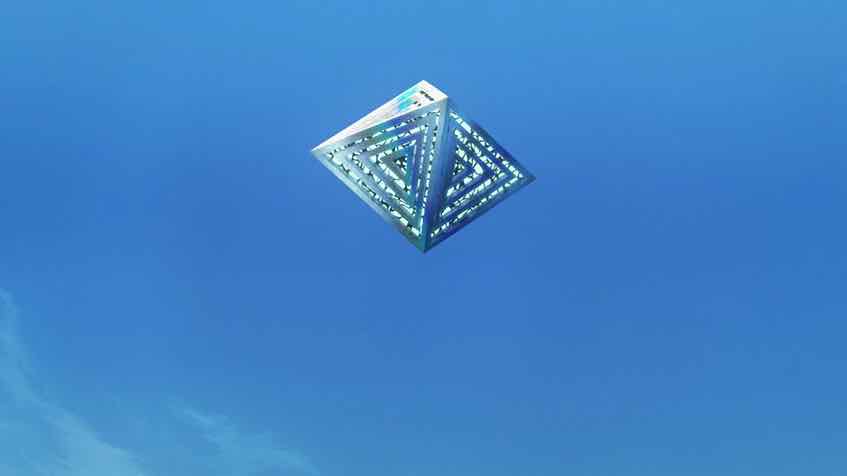
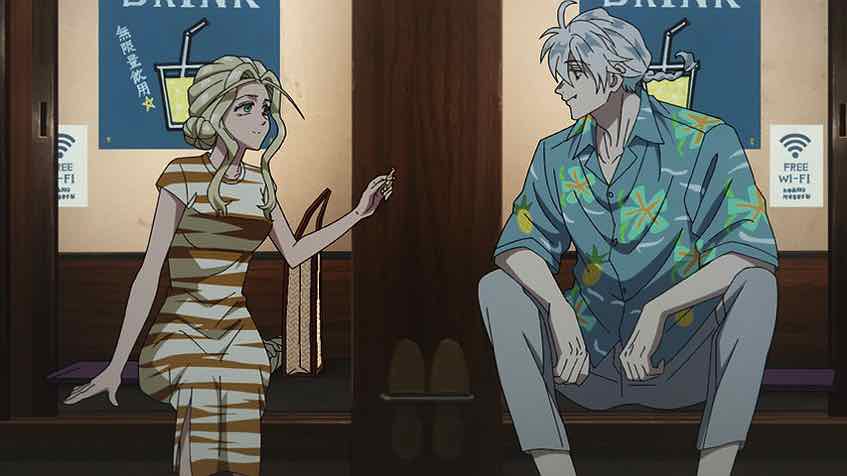
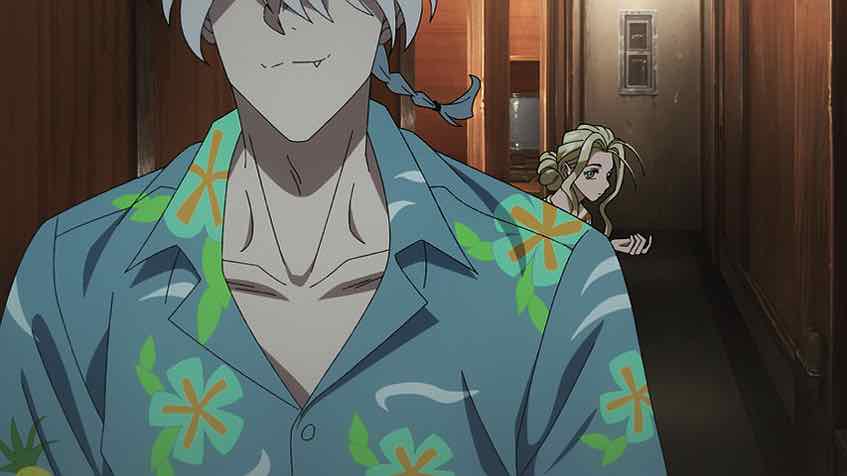
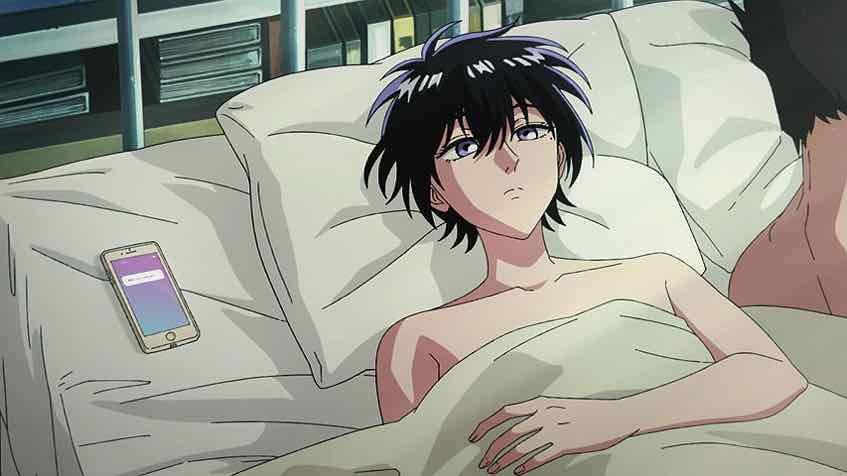
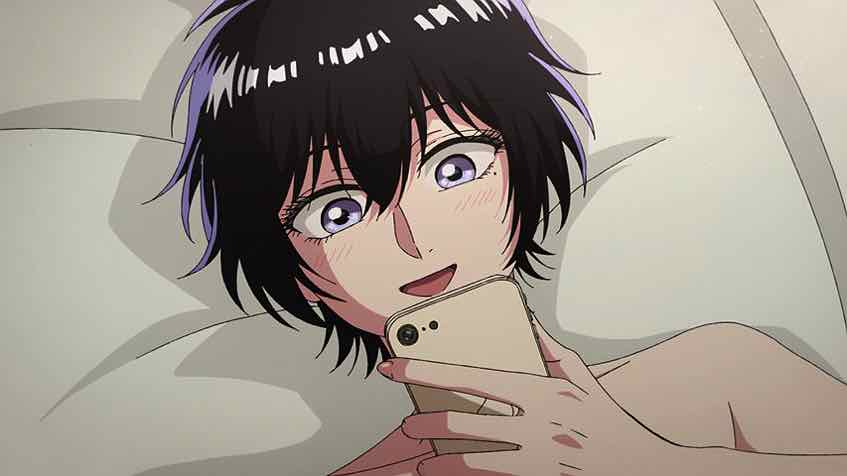
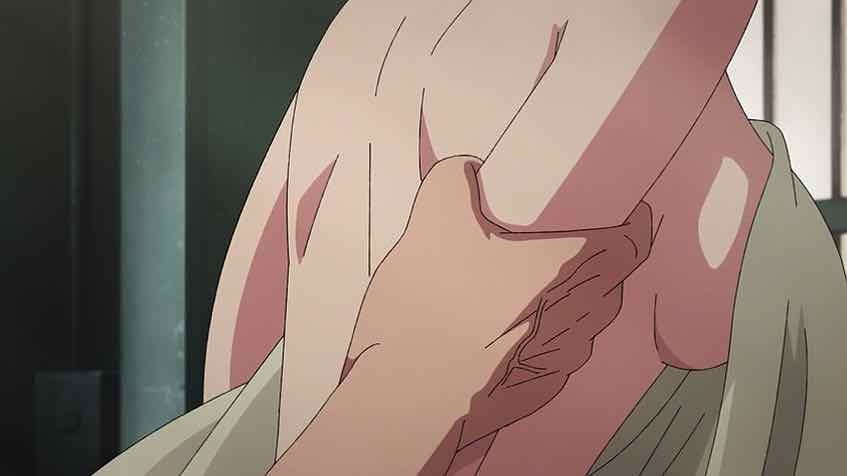
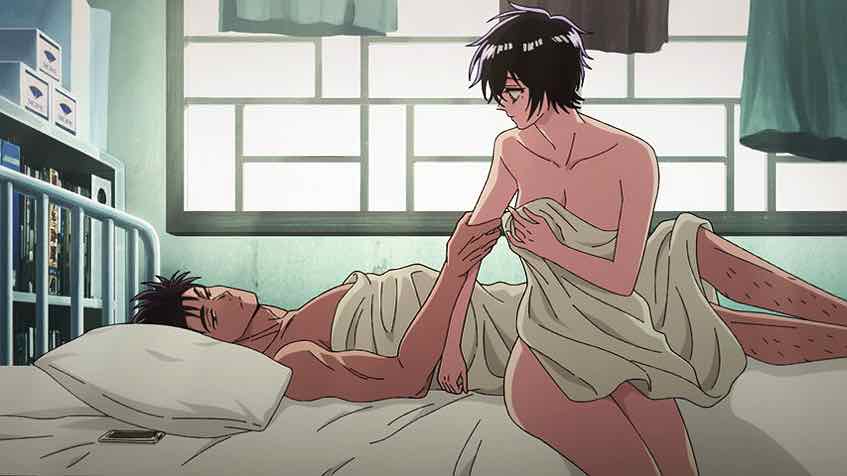
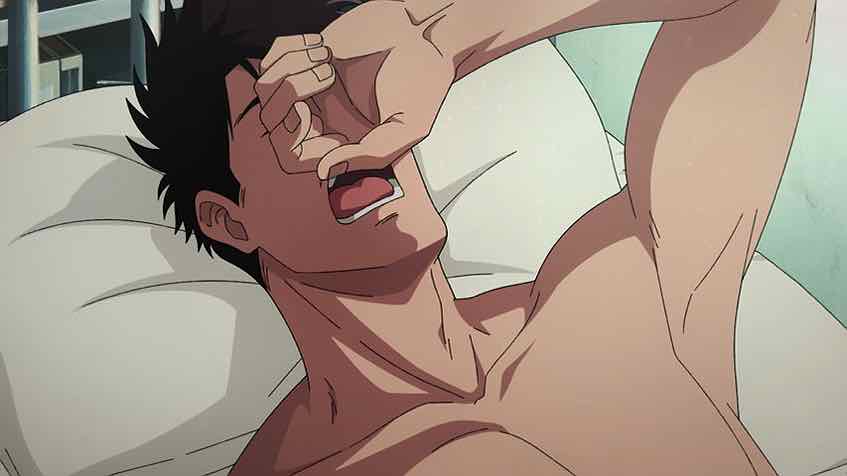
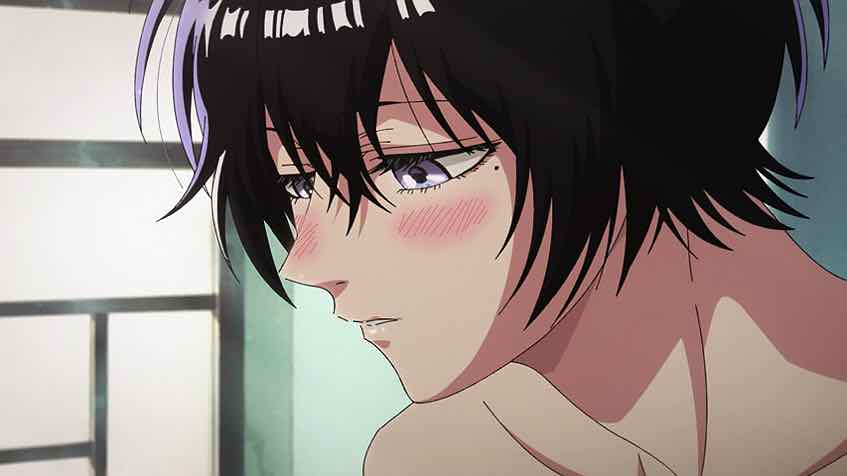
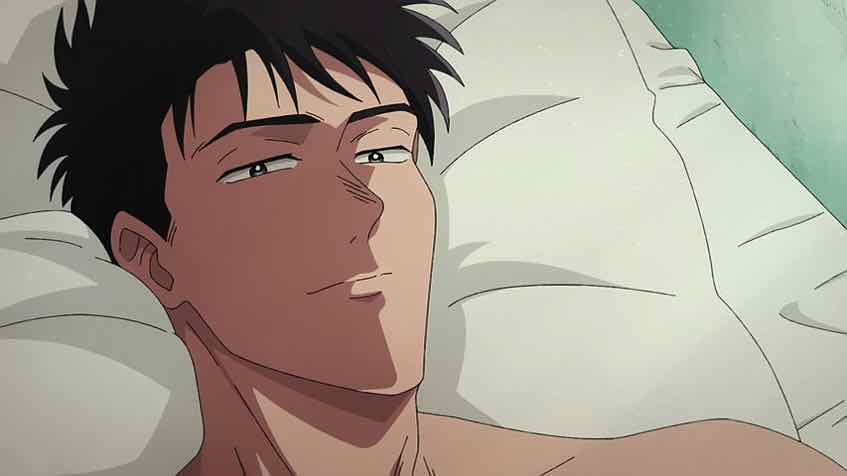

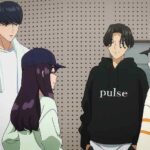

Vance
May 25, 2025 at 3:49 pmI’m inclined to agree with you that this Kowloon is either a product of Kudo’s imagination or his subconscious. That could explain why Episode 3 was so pointed in its direction in making him come to grips with the current Reiko not being Kujirai B, the object of his affection, why a prompt on Kudo’s computer asking him whether he wanted to replace the existing item at “Sai On Tower” right after the real Mr. Chen/Chan made the fake Mr. Chen/Chan disappear before leaving Kowloon, suggesting that the prompt was asking him whether to replace the fake Mr. Chen/Chan that had likely just re-emerged at that moment, showing that Kudo has some level of control over Kowloon, and why the onset of an earthquake in Kowloon began when Kudo’s turmoil started, showing a direct connection between Kowloon and Kudo’s existence.
The male Xiaohei’s boss voice appears to be Papa Hebinuma, who seems to be conducting his own investigation into Kowloon by using that Xiaohei, who was first seen in Hong Kong with Yulong in Episode 6 when he was described as a new assistant, which suggests that this male Xiaohei could be the original since he entered from outside of Kowloon. If we accept that this current Kowloon is a product of Kudo’s existence like you and I have speculated, then perhaps why two versions can exist at the same time is that the male Xiaohei is the real Xiaohei and “our Xiaohei” is simply who Kudo always perceived Xiaohei as being, meaning he misgendered Xiaohei all this time, and Xiaohei’s actually a male. Since “our Xiaohei” would not be not a true stand-in for the apparent real Xiaohei since Kudo may have never knew Xiaohei’s gender, that would be how a real version and a fake version can exist at the same time.